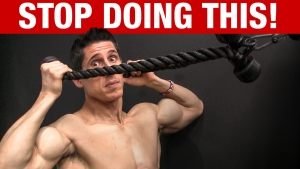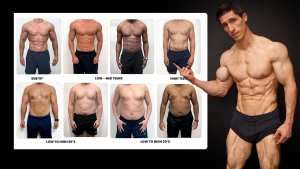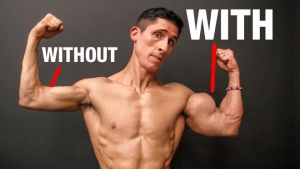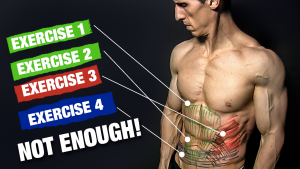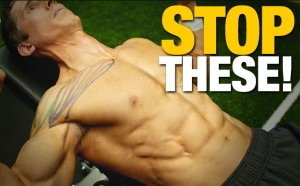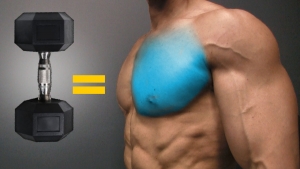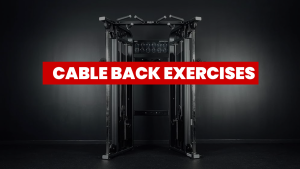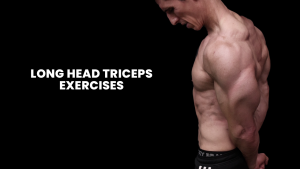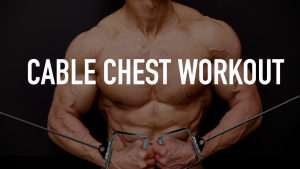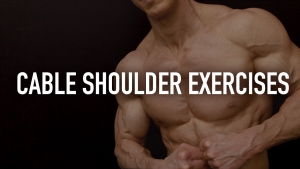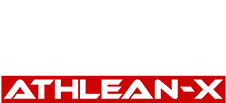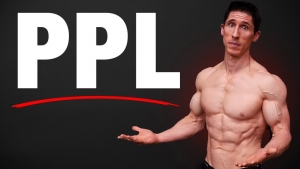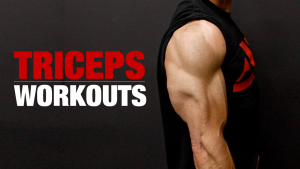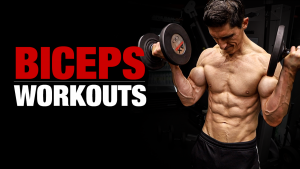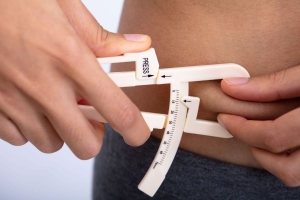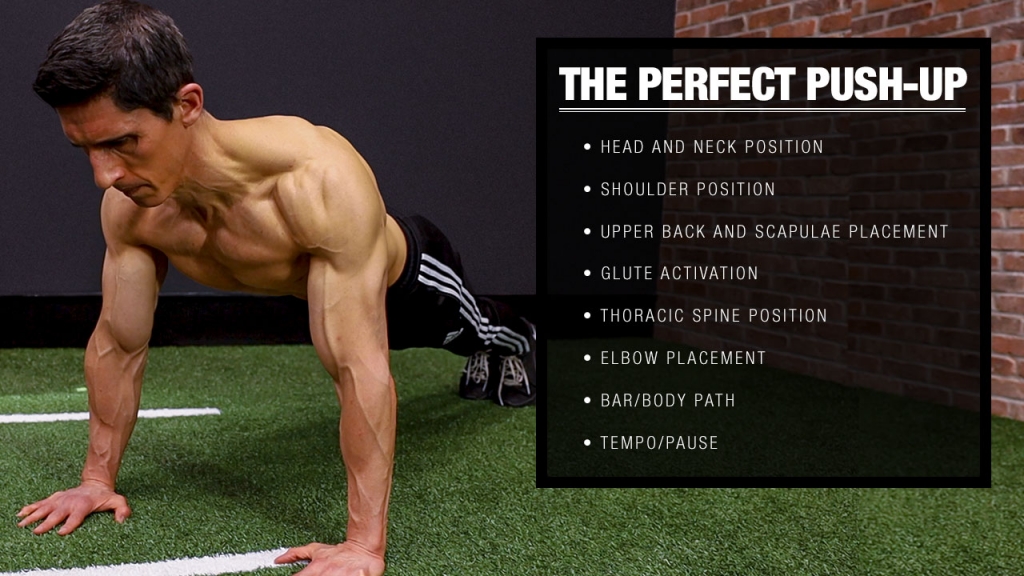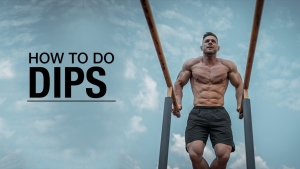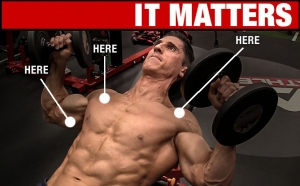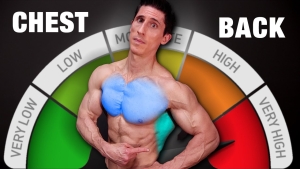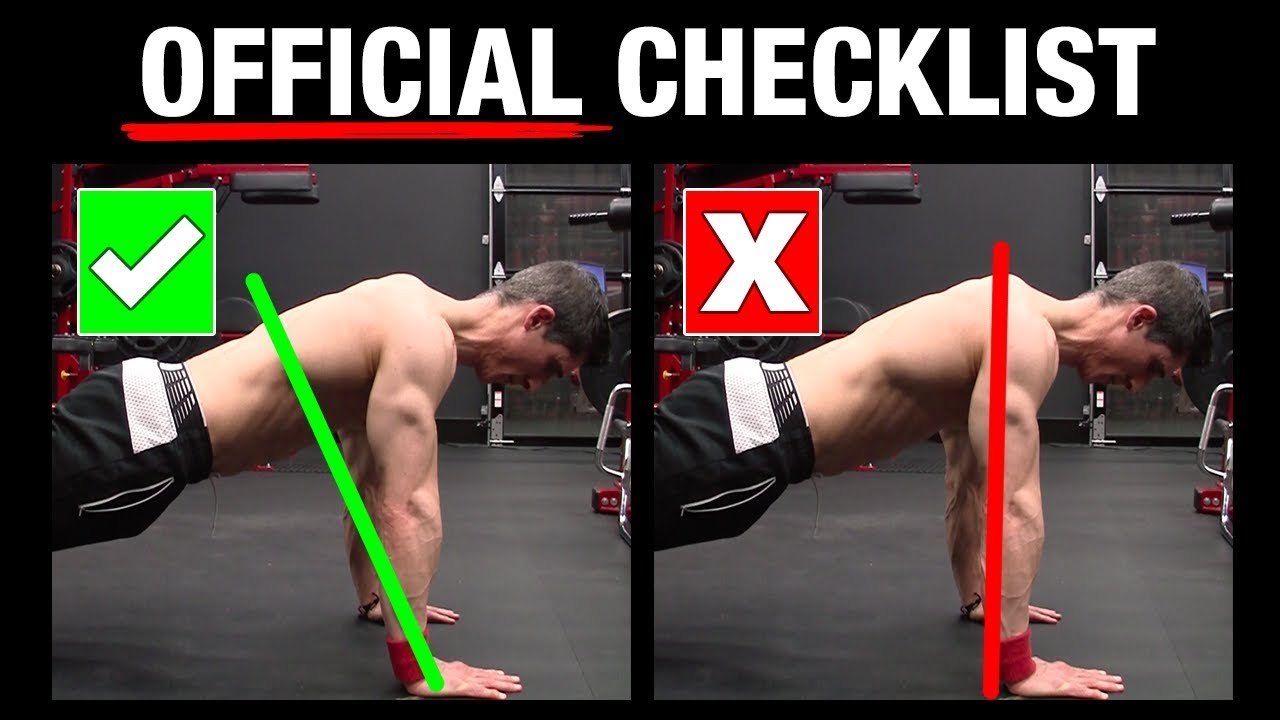
HOW TO DO PUSHUPS
I’d be willing to bet that the first exercise you ever learned was a standard Pushup.
After all, it’s the king of body-weight exercises, and its an effective exercise for upper body muscle development.
Push-Ups are one of the most performed upper body strength exercises on the gym floor. Unfortunately, this foundational exercise is also one that most people get wrong in their exercise program.
And hey, that’s understandable. It’s easy to think we don’t need to pay the same attention to bodyweight exercises as we do with a weighted workout. For example, I bet you’re far more aware of your form and level when you have a loaded barbell above your head during the Bench Press.
The funny thing is that if you treat the mechanics of Push-Ups as you did the Bench Press, you’d see better results.
Guys, I want to make sure that you know how to do a Push-Up with perfect form. And I think the best way to do that is by covering both the Push-up exercise and the Bench Press side by side.
Why is that?
They are essentially on the same level in terms of the biomechanics. Both are chest-specific exercises, and the only difference between these two upper body exercises is that one is done with a barbell and the other utilizes your own entire body weight.
When you see the commonalities between these two beneficial exercises, I think you’ll have a better understanding of correct technique for the basic push-up.
I’m going to give you a step-by-step checklist to make sure that you are using proper Push-Up form for every repetition so you can get maximum muscle development and benefit from this simple exercise. This is a great movement for any bodyweight workout routine, circuit training workout, or functional fitness routine so working on correct form is key.
I promise that if you give this your all, you’ll see nothing but gains while you avoid the pains that come from each common pushup mistake people make. Below is a list of things to pay attention to that make up the perfect push-up.
ANATOMY OF THE CHEST (PECTORALIS MUSCLES)
The perfect push-up targets the primary muscles of the chest for building strength and muscle mass, so let’s review the areas of the chest muscles.
It’s important to note that this exercise will also hit the arm muscles (triceps brachii muscles and biceps brachii muscles) and core stabilizers (transverse abdominis and external obliques) as secondary muscles or accessory muscles.
What we think of as the chest muscle or pectoral muscle is actually made up of three different sections.
And depending on the type of exercise you’re doing or the level at which you do them, you will activate one section more than the others.
For example, performing the push-up movement from an elevated surface will target a different section of the chest muscle fibers than a standard level floor-based Push-Up.
UPPER CHEST
The upper pectoral fibers look like a larger, fan-shaped chest muscle. They start at the clavicle and move down toward the arm. They also move diagonally upward toward the center of the chest.

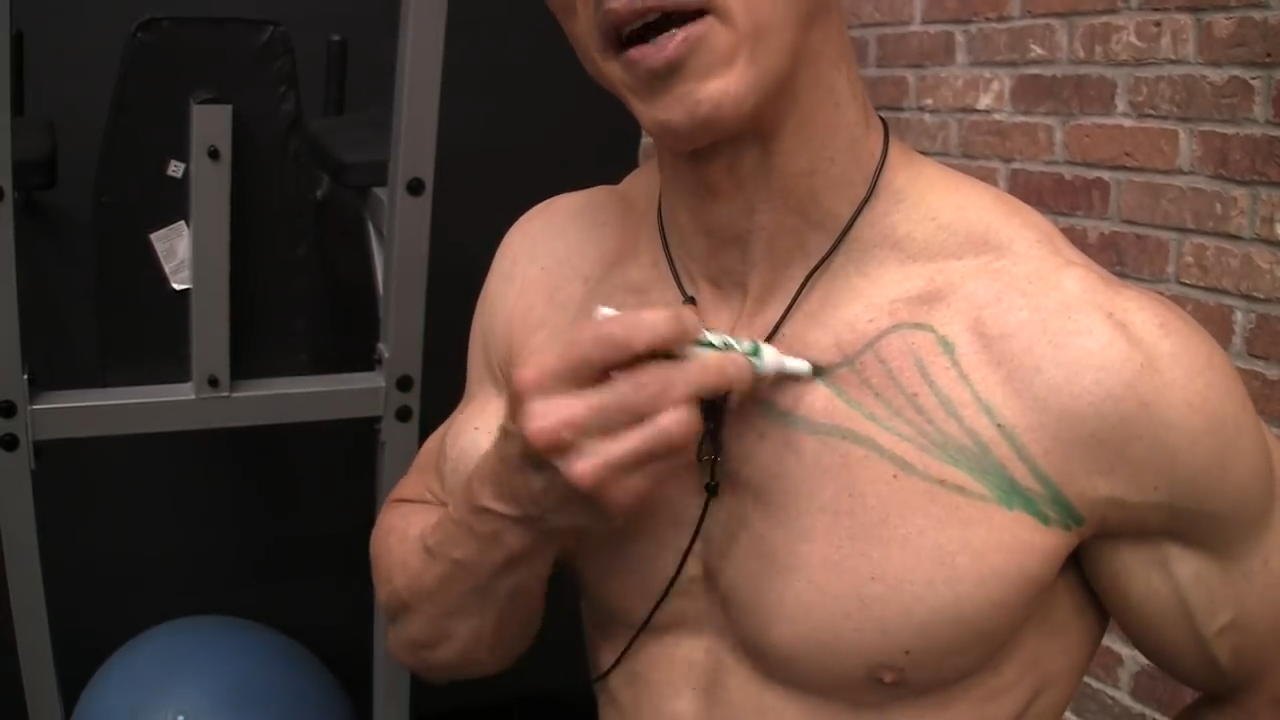
MIDDLE CHEST
The middle part of the pectoralis major muscle starts at the sternum and runs level straight across the chest.

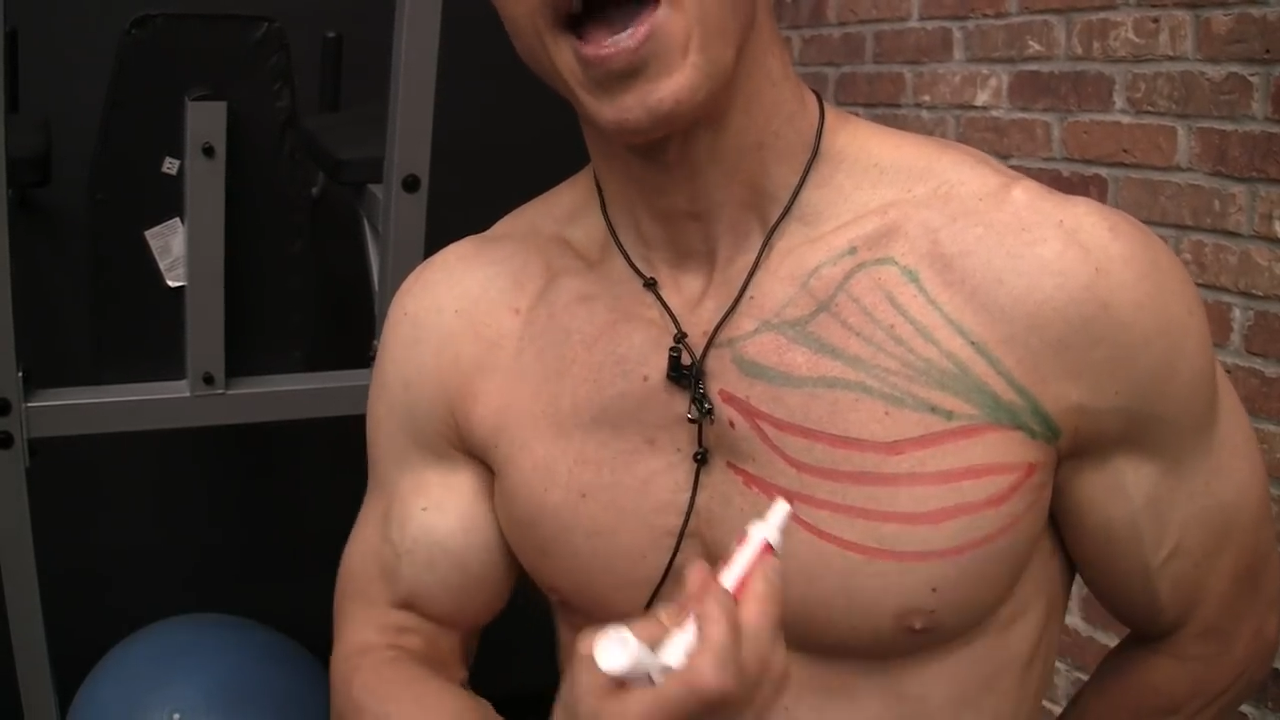
LOWER CHEST
The lower part of the chest is a smaller, triangular-shaped chest muscle that begins from the bottom of the sternum and runs diagonally down toward the center of the chest.

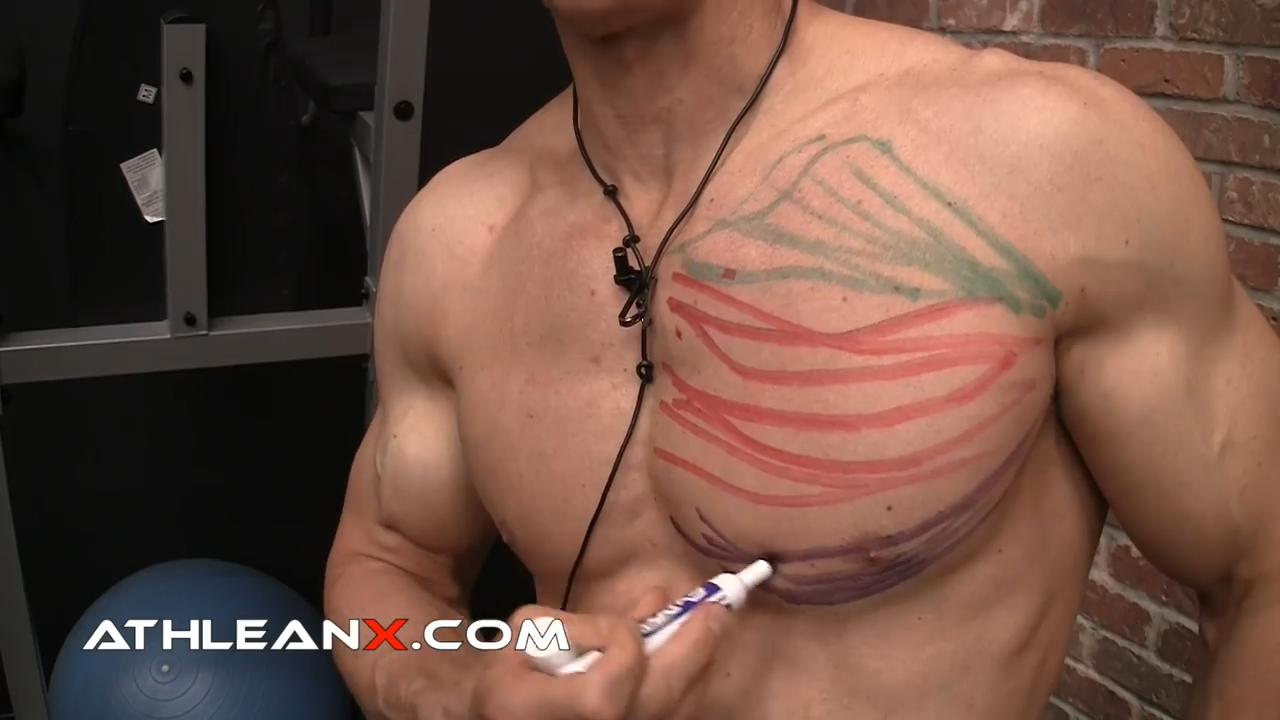
The basic Pushup movement using a standard push-up position will target the middle part of the chest more than the others.
In addition, there are different challenging variations of Push-Ups and each one will activate a different part of the pectoral muscle, such as wall push-ups.
For example, if you were to perform an Incline Push-Up or a Wall Push-Up, you’ll feel it more in the upper part of the chest.
If you do an Elevated Push-Up (feet on a workout bench or other stable surface) or a Decline Push-ups, you’ll feel it more in the lower pectoral muscles.
Let’s focus on you mastering regular Push-ups before you jump into these Push-Up modifications.
PUSH-UP CHECKLIST: HEAD AND NECK
We’re going to start our errors with regular push-ups at the top and work our way down. First up is the head and neck.
When you perform regular Push-Ups, do you know where you want your head and neck to go? Do you look up or down?
Let’s look at the Bench Press first:
When you perform a bench press, you should never try to push your head back into the workout bench to help generate more force into the barbell.
And yet, I’ve seen thousands of people and clients make this common mistake.
Here’s what you DON’T want to do during a bench press:

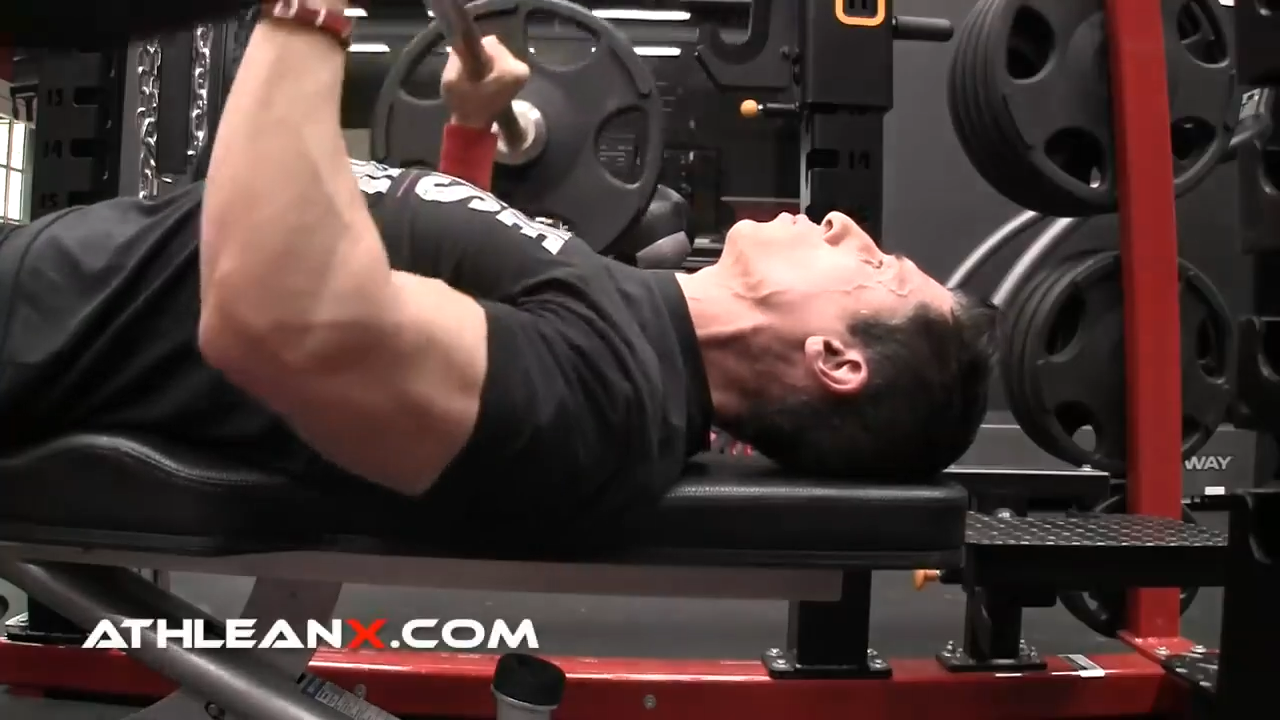
You DO NOT want to push into the bench with the back of your head.
Not only does this strain your neck, but it also ruins your form and takes away from your performance.
Make sure you keep your chin down and tucked in. Well, in the starting position for your proper Push-Up form, it’s the same idea.

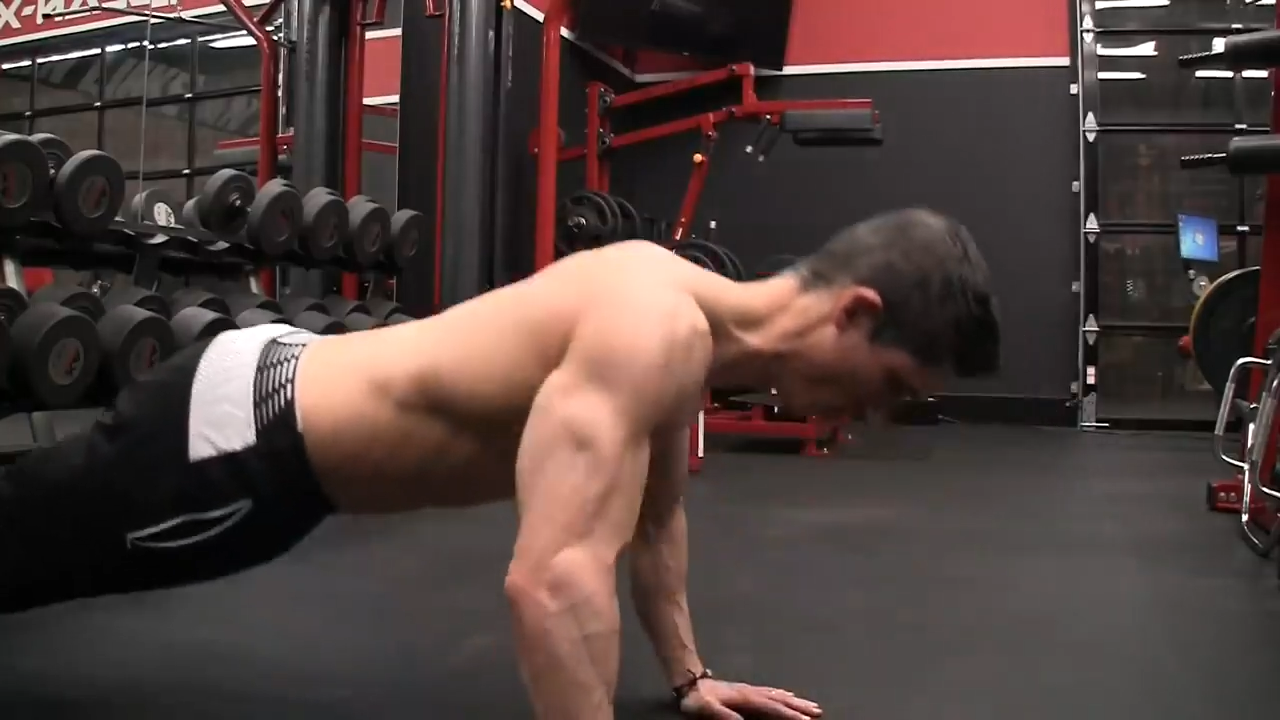
Do not bend your head all the way back or flex your head all the way down toward the floor.
Instead, keep your head in a level and neutral position and maintain it throughout the entire movement from the very first repetition to the last.
PUSH-UP CHECKLIST: SHOULDERS
Next up, we’re going to talk about where your shoulder stability during the standard Pushup form.
In short, what you want to do is un-shrug your shoulders in that starting position. Again, let’s take a look at the Bench Press first to illustrate my point.
What have you probably heard dozens of times about the bench press?
That you need to retract your shoulder blades in the starting position.
Well, in an effort to create that tightness or retraction that you’ve heard about, you might unknowingly move your shoulders into a shrugging position. This is wrong, and it can potentially put your shoulder mobility at risk.
What we do want is to bring the shoulders down and together.

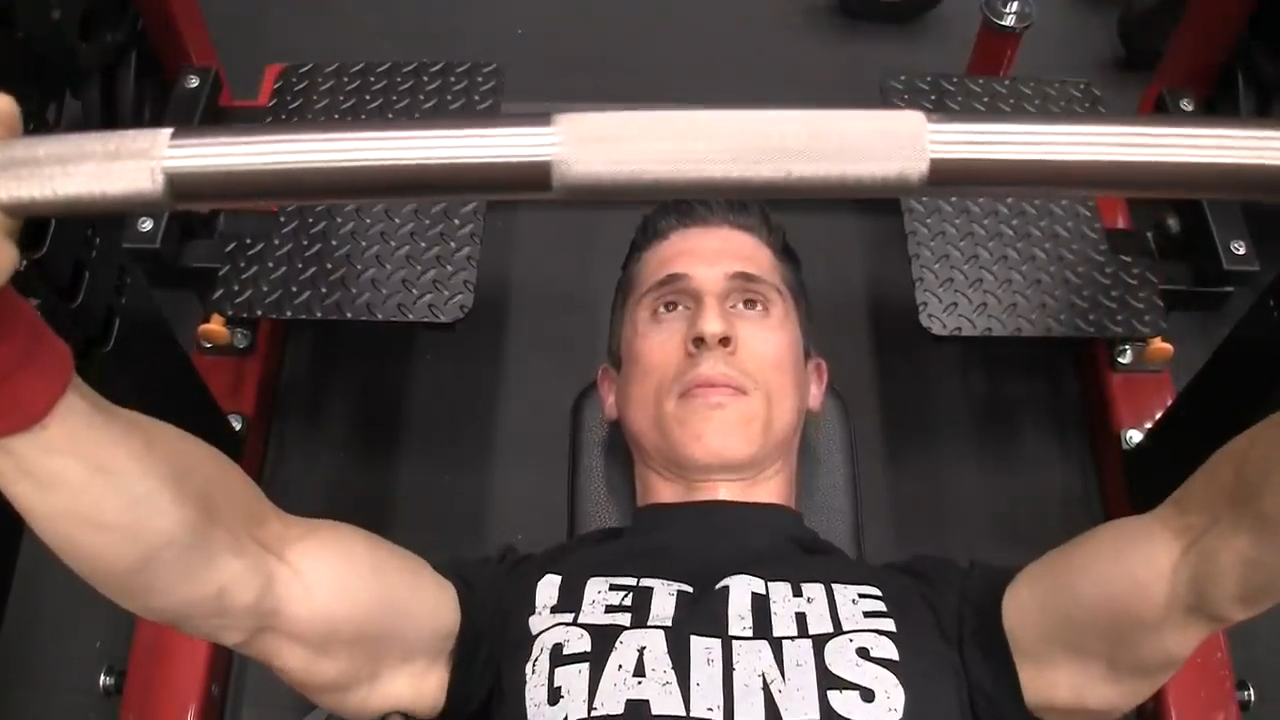
Not only does this put your shoulder joints in a better position, but you decrease the risk of shoulder impingement.
It also helps to correct the position of the elbow joints during the descent.

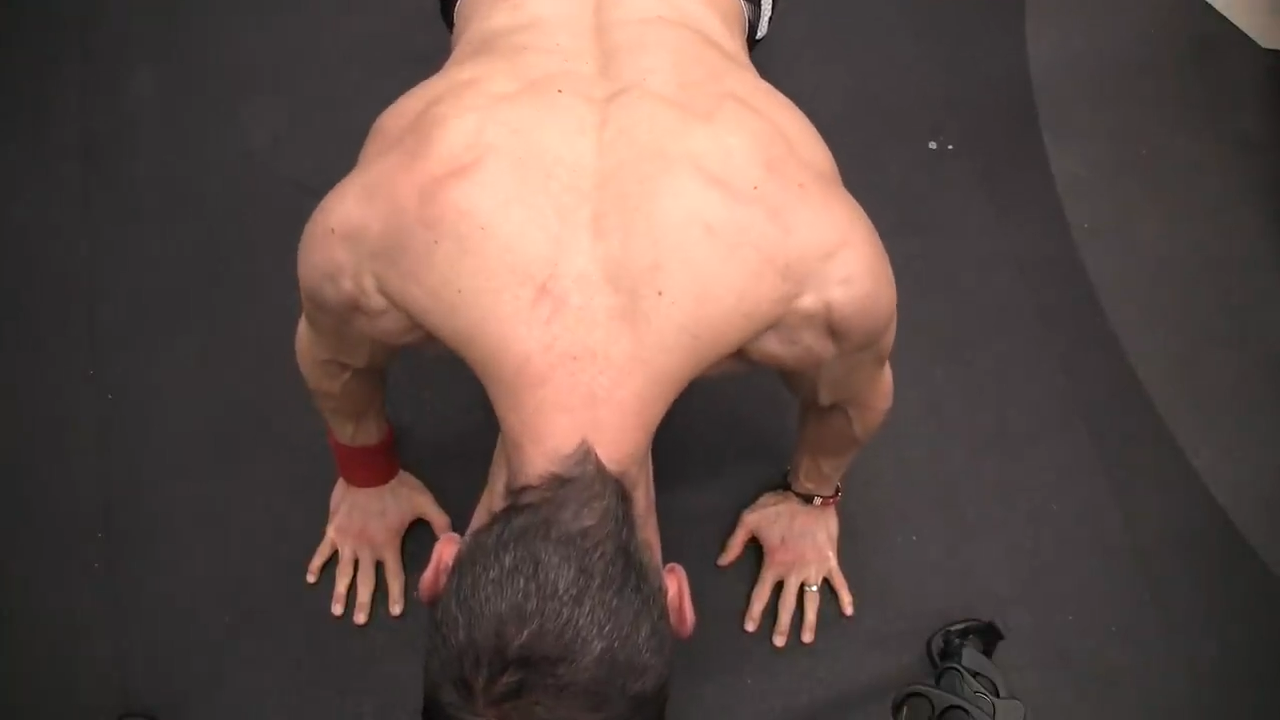
No matter which Push-Up variation you are performing, start by initiating a conscious un-shrugging of the shoulder in the starting position.
Before you even descend, consciously pull your shoulders down and back, and this will get that shoulder stability right where it needs to be.
PUSH-UP CHECKLIST: UPPER BACK AND SCAPULAE
Let’s move on to the upper back.
The most important thing to focus on for a standard Push-Up position is creating stability and tightness with your upper back and scapulae. This is what will provide the stable base from which you will press off.
Again, this applies to both the Push-up exercise and a Bench Press. Let’s look at the Bench Press first:
This continues with what I was talking about in the last section, but the goal of shoulder retraction is to create tightness throughout the upper body, especially the back.

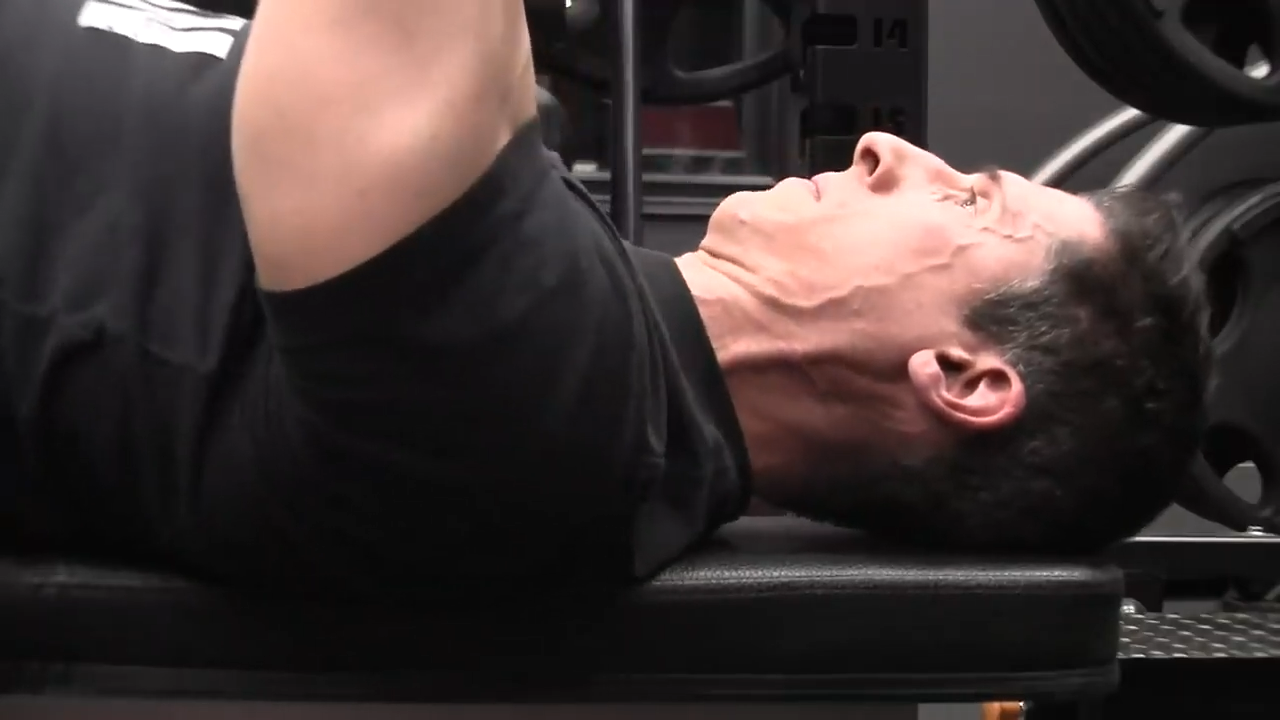
When you tighten your back, you create a solid foundation. From here, you can generate your maximum amount of effort and force and push the barbell up from your chest.
Same goes for the Push-Up:

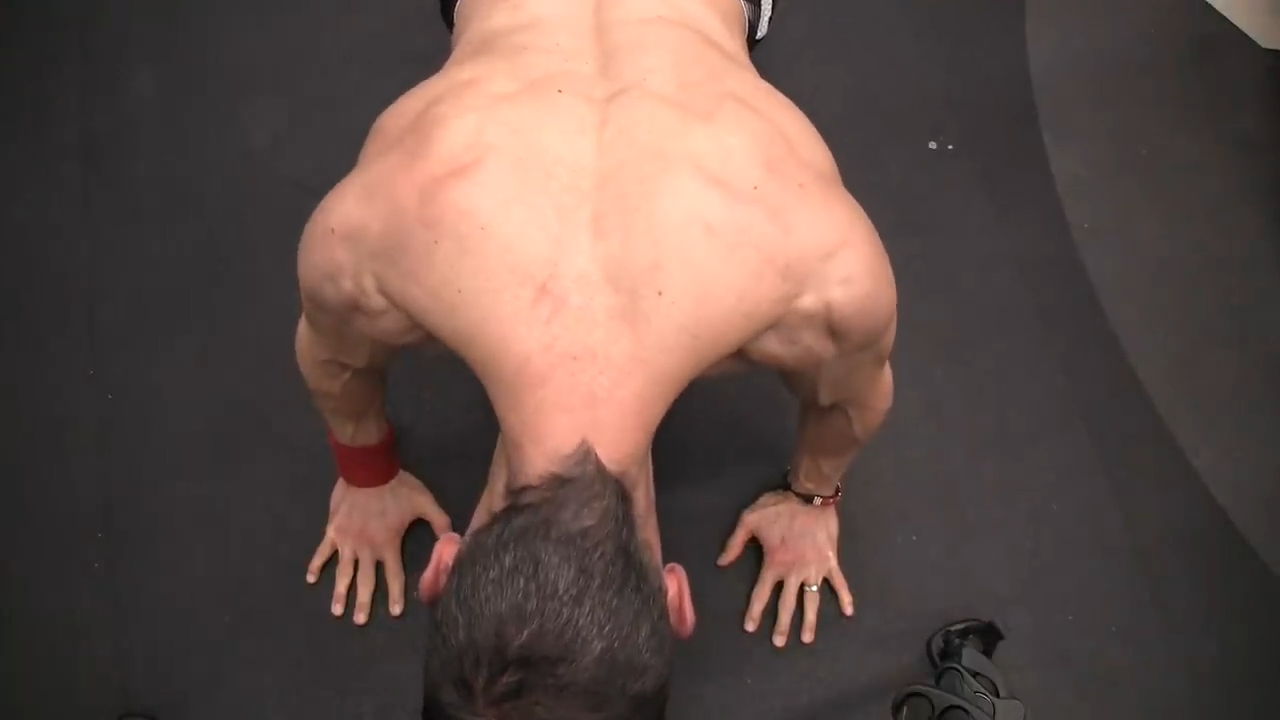
You want to consciously pull your shoulder blades down and together. Throughout your shoulder girdle, focus on making them tight.
The most important thing to focus on for a standard Pushup position is creating stability and tightness with your upper back and scapulae.
This is where you’re going to be pushing off and generating force in the opposite direction. So, it’s important to build that mind-to-muscle connection specifically in this area of the upper body.
PUSH-UP CHECKLIST: GLUTES
This next checkpoint on the list is going to surprise a lot of you.
We’re talking about properly activating your gluteus maximus which is your largest butt muscle.
Now, when you think about the standard Push-Up position, you probably don’t think about your glutes because it’s an upper body exercise. However, your body’s ability to perform any upper body movement is dramatically improved if you can involve the lower body as well.
This is where some of the strongest muscles in your body reside, and they are important for creating that stable foundation I talked about earlier.
Glute activation applies to both the traditional push-up (and all classic pushup variations) as well as the Bench Press.

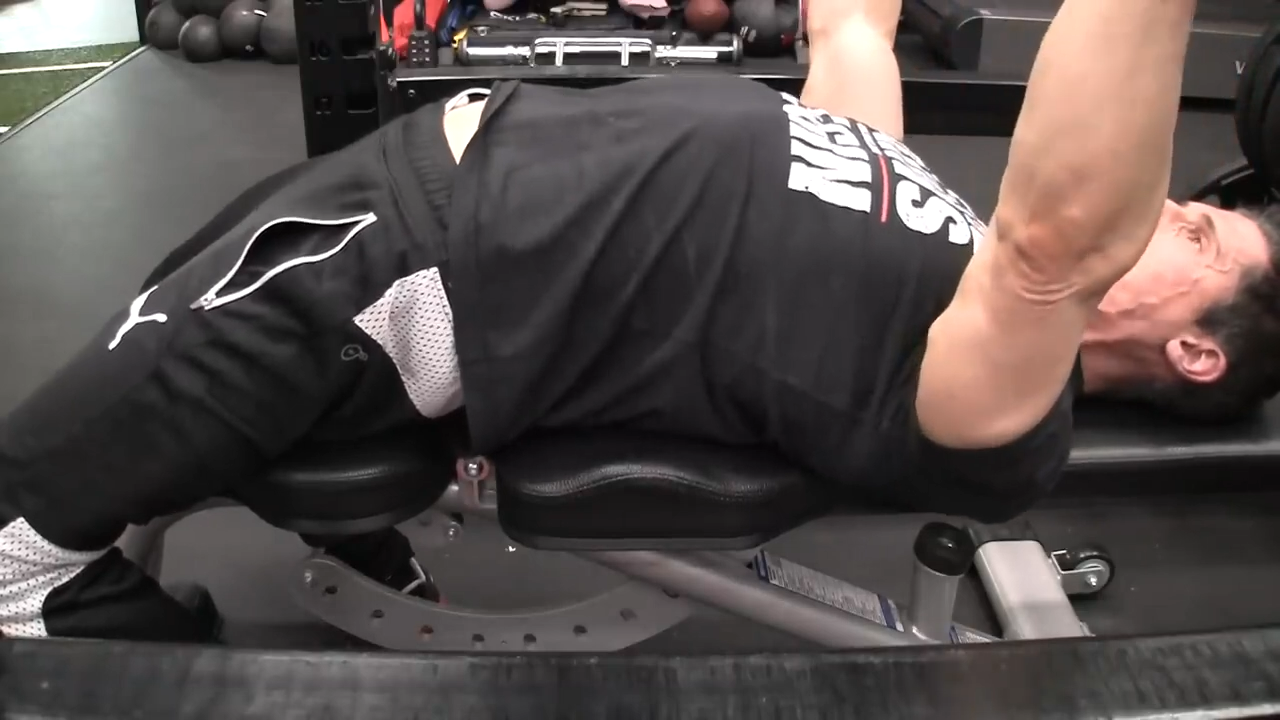
During a Bench Press, you actively want to contract your glutes because this will provide additional strength and force in the opposite direction from the floor up.
Take notice next time you are Bench Pressing.
You’ll notice that when you push the bar away and drive your feet down, you create equal and opposite forces that allow you to perform the Bench Press with more efficiency.
Naturally, we can do the same thing with the push-up exercise.

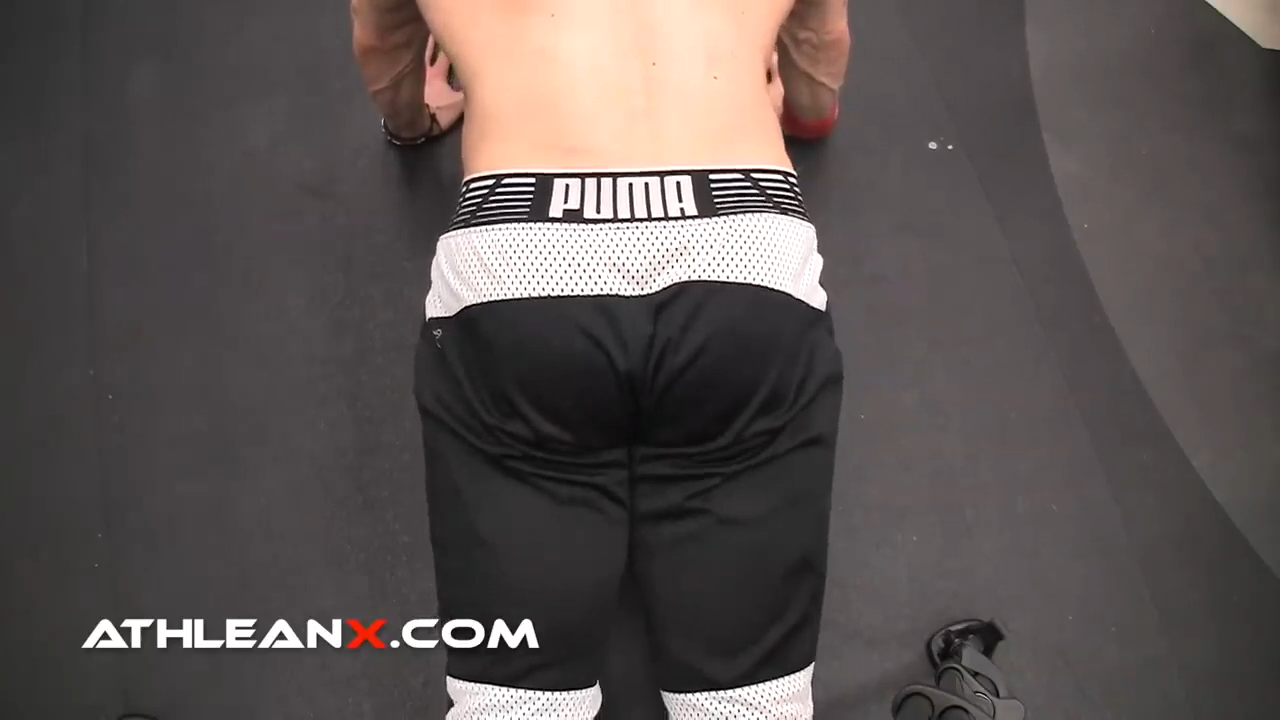
Don’t be lazy and just hang loose in the classic Push-Up position (or the classic Plank position, for that matter).
Instead, focus on actively contracting your glutes on every repetition.
You create more total body tightness, core stability and efficiency from the top down throughout the entire kinetic chain. And when you do this, you are actively plugging any energy leaks.
PUSH-UP CHECKLIST: THORACIC SPINE
When you tighten your upper back and activate your glutes and keep tight core muscles the entire time, you enjoy the additional benefit of fixing the positioning of your thoracic spine.
This happens because you’re creating a line of tightness and tension from the top to the bottom in that plank position, so naturally, your thoracic spine will follow.

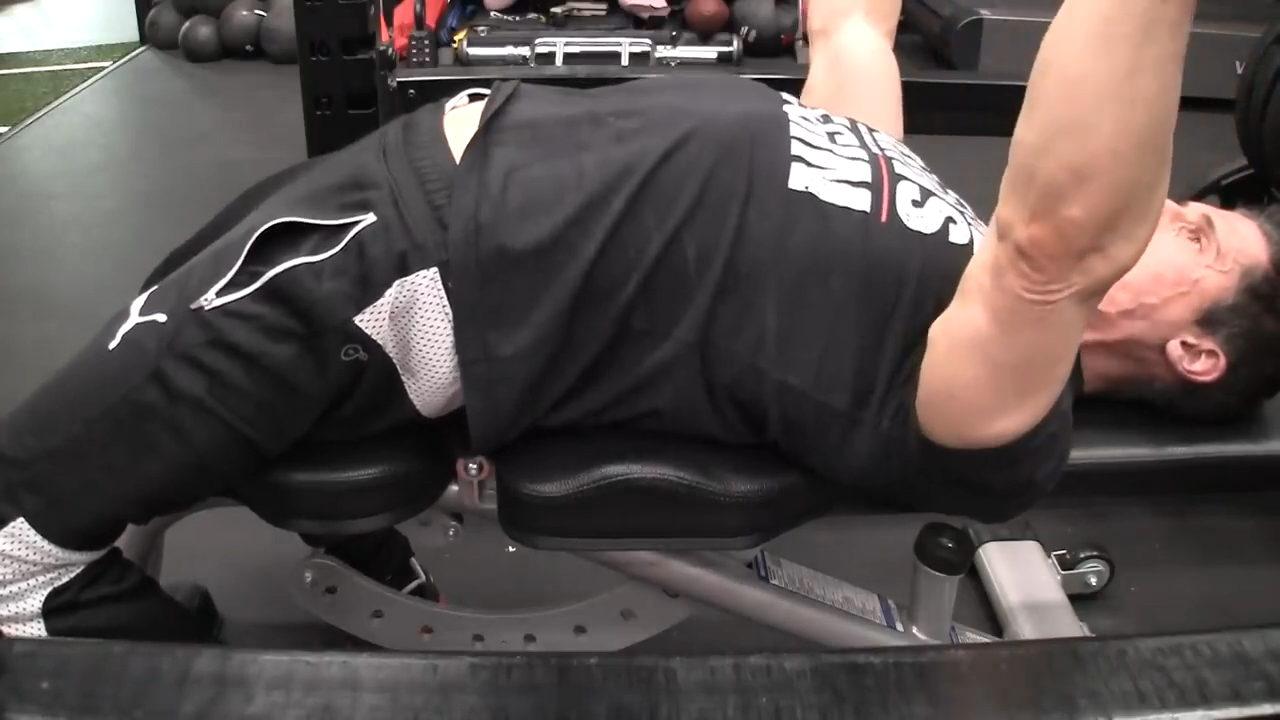
A stable thoracic spine with ensure proper extension. It will help you ensure that your shoulders stay back, focusing all of the tension and contraction in the chest, which is where it needs to be.
If the shoulders dominate the movement, you’ll have a higher risk for shoulder impingement.
What’s more, you’ll have an underdeveloped chest.
By correcting the positioning of the upper back and by activating the glutes, we’re correcting the thoracic spine’s positioning and guaranteeing the exercise is focusing on chest muscle development.
Also, you’ll notice that the rectus abdominis muscles of the core are also indirectly are activated. With your abdominal muscles contracted and core strength recruited, you have one hell of a solid foundation and your form is going to be perfect.
PUSH-UP CHECKLIST: ELBOWS
Once you begin to perform the Push-Up (or Bench Press), you should immediately pay attention to the position and movement of your elbow joints.
When you perform the Bench Press, you DO NOT want the elbow to travel high because it poses a serious risk to your shoulder socket or could cause elbow injury.
What you do want to focus on is creating a little more subacromial space by allowing our elbows to drift downward, about 30 degrees off the horizontal.

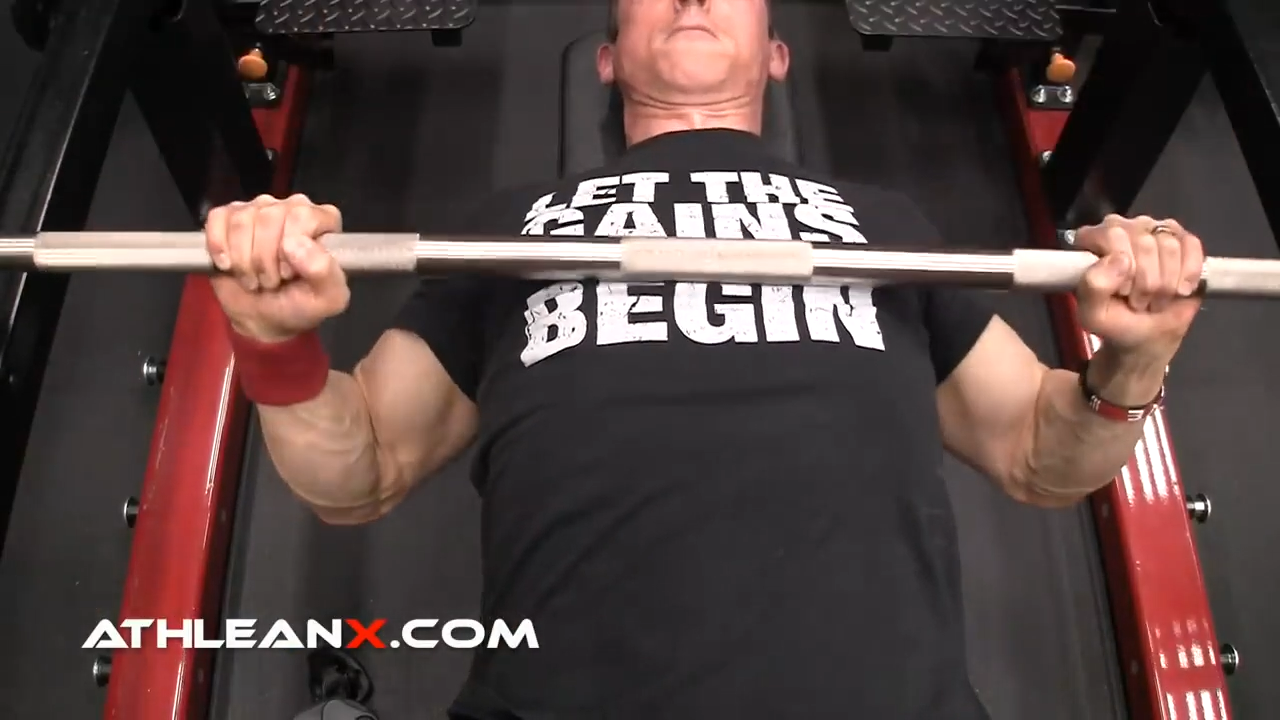
As you do that, you want to check-in with yourself and be sure to decompress those shoulders and pull those traps down.
Proper positioning of your elbows also allows you to push with more force.
You don’t want to allow your elbow to drift up like this:

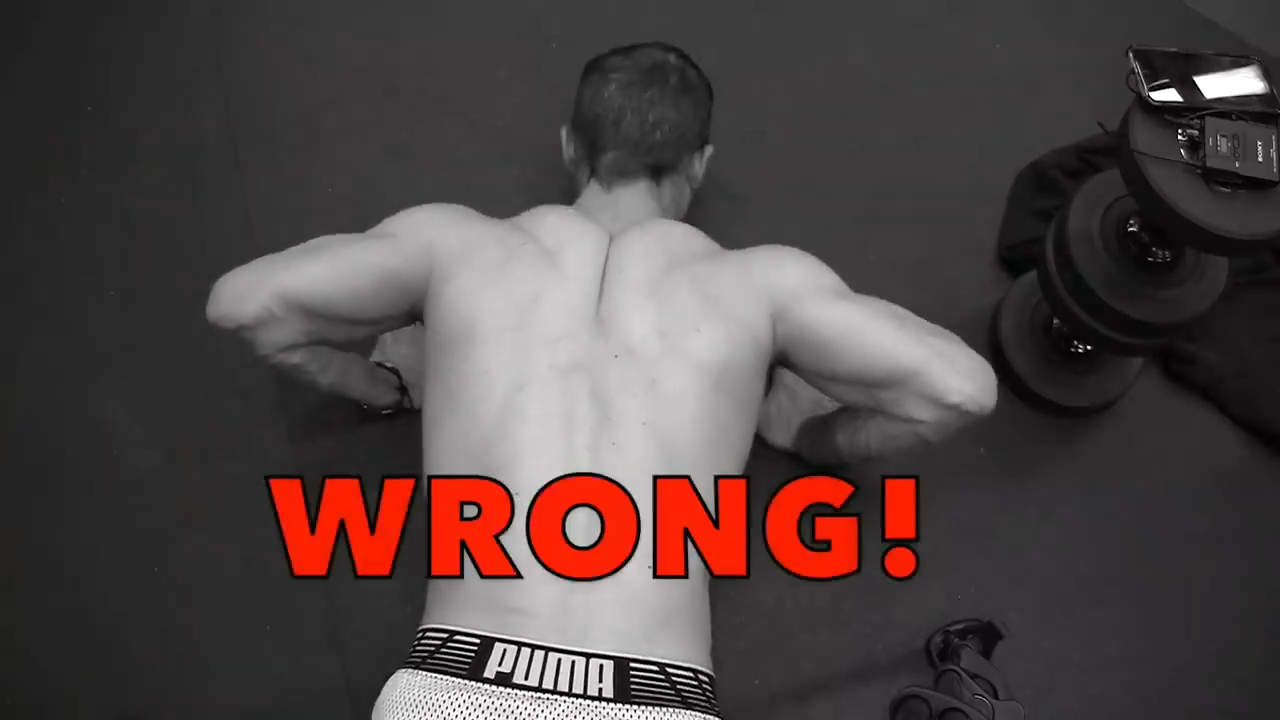
Just because you’re not using a loaded barbell doesn’t mean flared elbows can’t cause biomechanical trouble for your shoulder joints.
Tuck your elbows down and focus on maintaining this position throughout the normal Push-Up position.

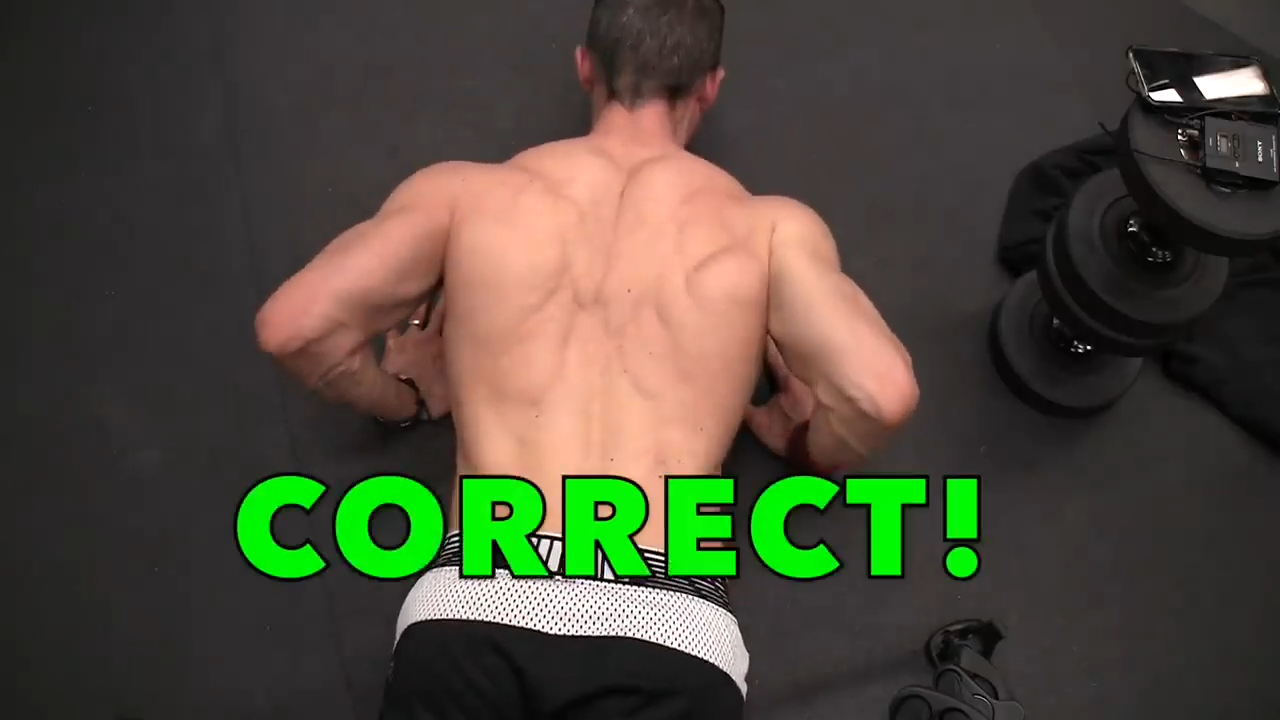
Whether you’re doing the Bench Press or the standard Pushup, tucking your elbows will keep you safe and maximize the results you see in your pectoral muscles.
PUSH-UP CHECKLIST: BAR / BODY PATH
Bar path and body path refers to the direction that the barbell is moving during a Bench Press or the direction your body is moving during a Push-Up.
The goal is to generate a straight bar path but that doesn’t necessarily mean straight up and down. It means straight at an angle.

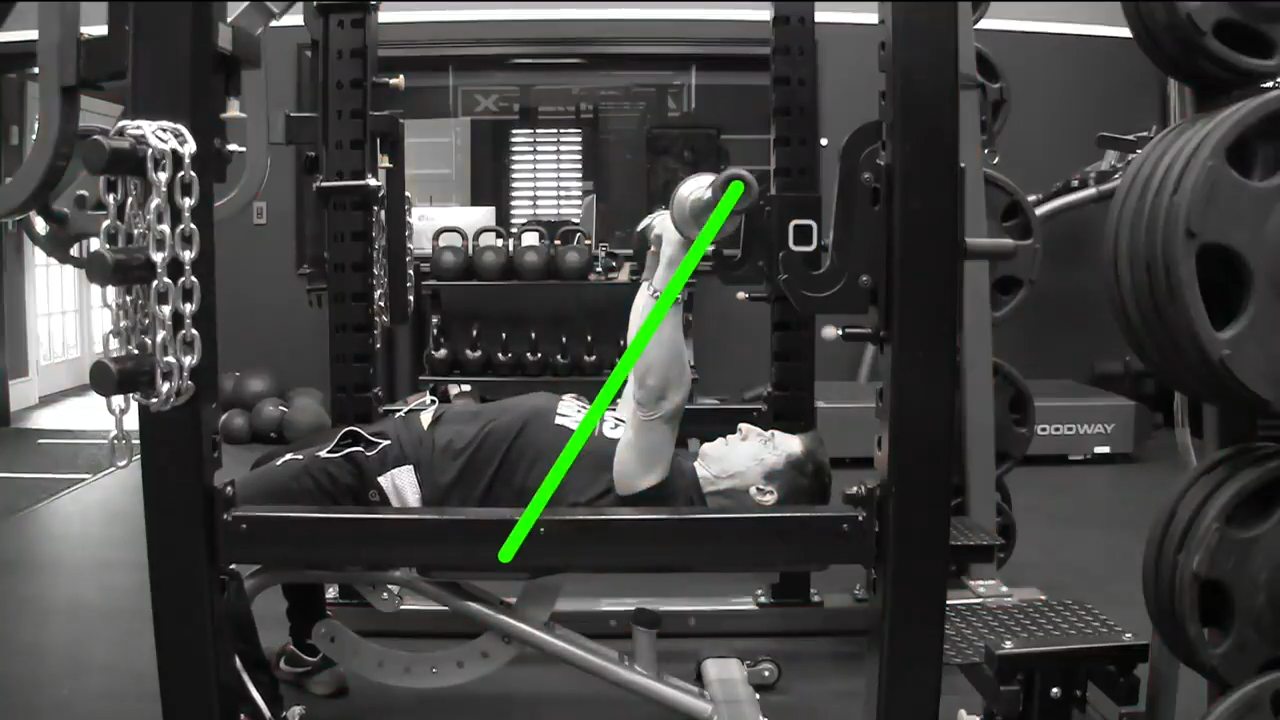
When the barbell is directly above the shoulder blades, it’s in a position of stability. But as you lower the barbell, it travels down and hovers above your lower chest.
It has created a straight angle of descent.
From here, you want to get back to that position of stability, but you don’t want to press directly straight up.
If you press straight up from this position, you’re going to strain and stress the front deltoid muscle. So, the bar path needs to be angled.
But you might be wondering how to accomplish this with a normal Push-up.

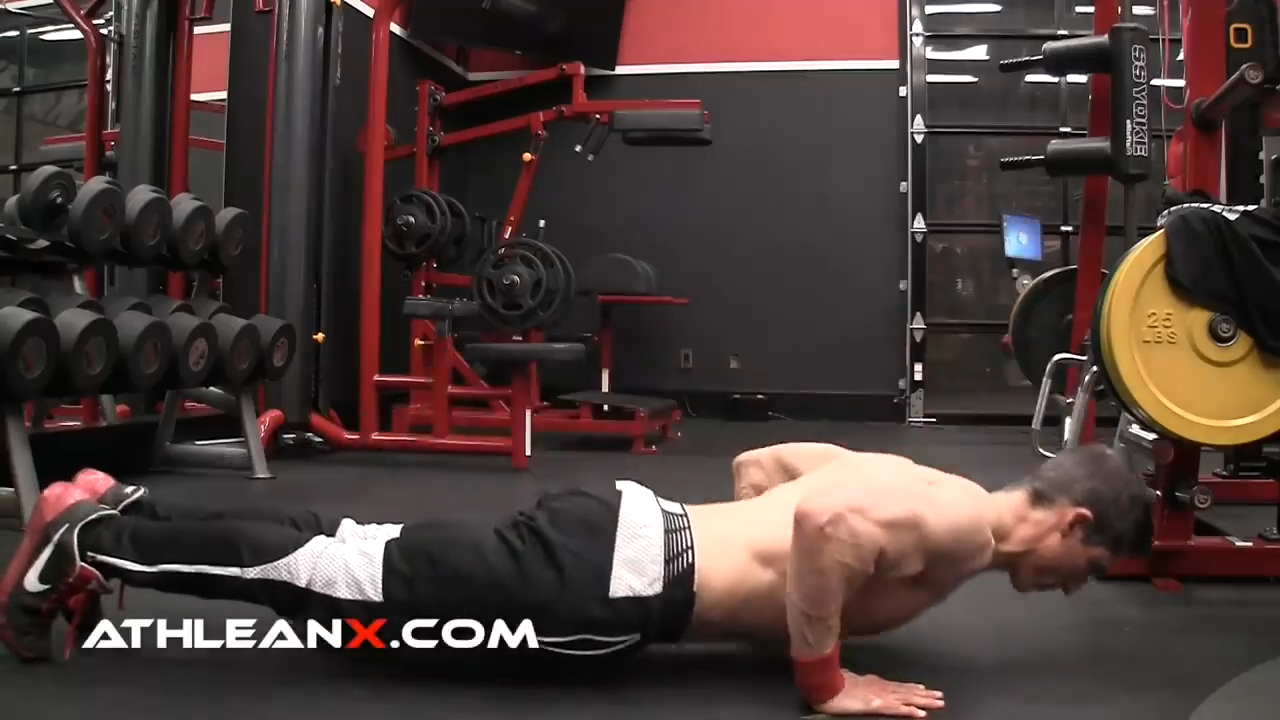
You allow your body to drift forward a bit into your hands in the downward phase, and this will result in your hands lining up along that lower chest level at the bottom of the Push-up exercise. Simply reverse this movement in the upward phase.
PUSH-UP CHECKLIST: TEMPO / PAUSE
Finally, let’s talk about tempo or how quickly you perform the exercise.
It drives me crazy when people ignore proper form just to move quickly through the exercise.
Guys, I’ve said this over and over again: Focus on quality of your repetitions, NOT quantity.
During a Bench Press, you don’t want to bounce the bar off your chest just to lift more weight. Instead, when you get down to the bottom of a bench press, pause for a moment.

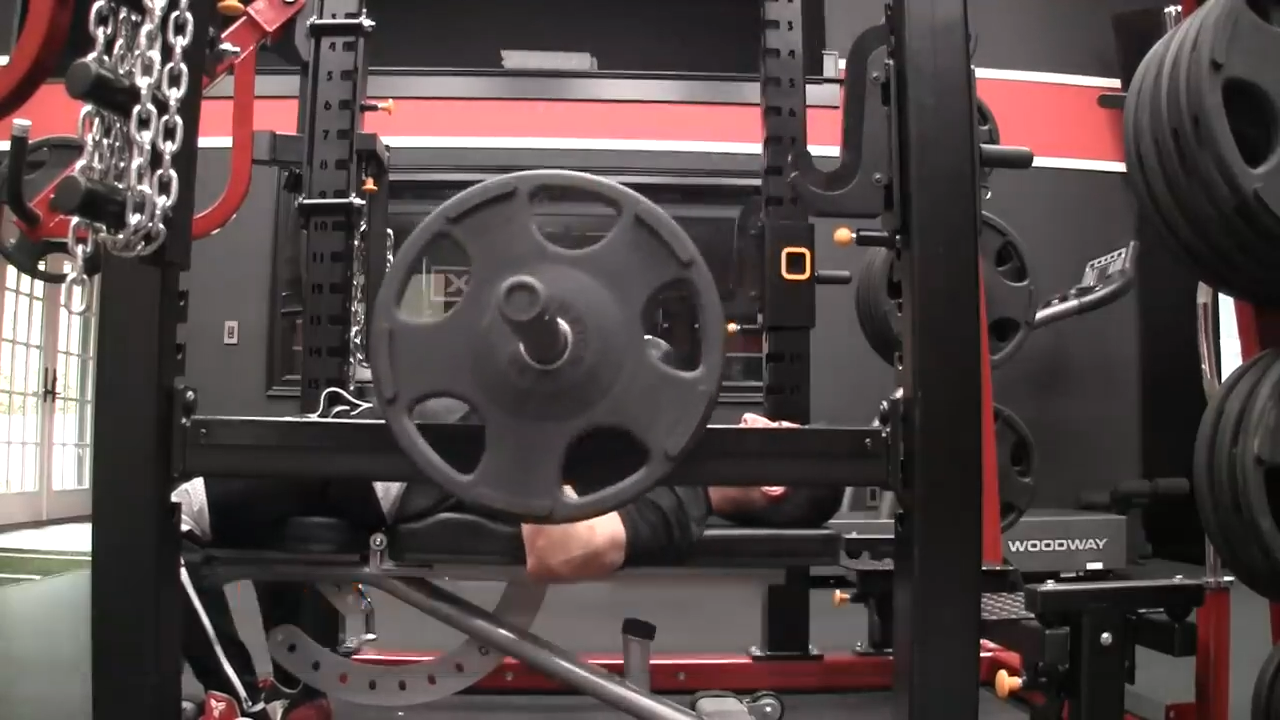
Hold the bar against your chest for a split second and then push back from there.
You’ll do the same type of pause when you do your Push-Ups.

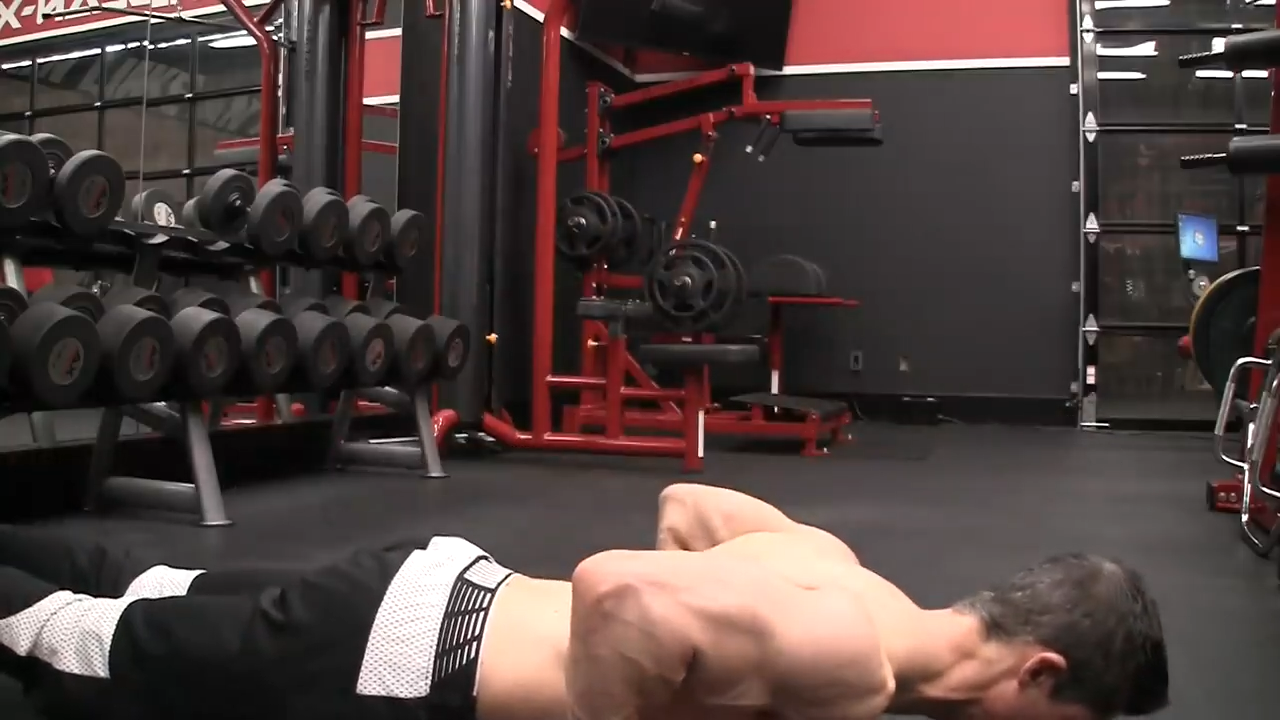
When you get to the bottom, take that brief pause so that you can rest assured that it’s your muscles doing the work, not momentum.
SHOULD YOU USE PUSH-UP BARS?
One thing that didn’t make the checklist but is still something important to consider is your wrist.
Whether you’re performing Push-Ups or a Bench Press, you want strong and straight wrists.
For those of you with wrist issues from surgery or injury, you might have noticed that Push-Ups tend to cause soreness or pain in your wrists.
This is because during a floor Push-Up with palms flat on the floor, your wrists are not completely straight.
If you find that Push-Ups are a challenge to do because of your wrists, I recommend Push-Up bars. Not only are they affordable, but Push-Up bars help to straighten your wrists so there’s no odd angle that’s causing them pain.
Over time, you might find that your wrists get stronger, and you don’t need to rely on the bars as much. Another great thing about Push-Up bars is that you can get a deeper range of motion during the exercise.
As always, take it slow and listen to your body as you move through the exercise, being sure to use proper form.
HOW TO DO A PUSHUP:
- Starting position is in high plank position with palms on floor, hands shoulder width apart, feet shoulder width apart, neutral spine and core activation for stability.
- In this suspended push-up position, keep the head and neck neutral and tighten the shoulder blades by squeezing them together. Also squeeze your glutes.
- Elbows should be tucked in to your sides.
- Let your body drift forward slightly as you lower and take a brief pause at the bottom at your deepest range of motion. When you come back up you’ll push back at the same angle.
The mechanics of every exercise are important, and it’s usually the smallest details that matter the most.
Take your time with teaching your body how to do traditional pushups. And remember that it’s okay if you have to do Knee Push-Ups so long as you are following my checklist above.
I’m confident that once you develop that important mind-to-muscle connection and improve your physical fitness level, you’ll quickly graduate to more advanced challenging variations and more challenging chest workout routines.
If you’re looking for a strength training workout program that takes all the details of form into account on every exercise you do, check out our ATHLEAN-X programs created by a physical therapist. We’ve got weight training programs to cover any level of fitness whether your current level is beginner, intermediate or advanced.
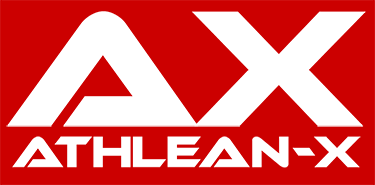
- Focus on the standard Push-Up position before trying other types of Pushups such as Incline Pushups, Diamond Push-Ups, and One-Arm Pushups.
- Keep your head and neck in a neutral position. Don’t look too far up or too far down.
- Create stability by tightening the shoulder blades and squeezing them together.
- Squeeze your glutes tight and keep the core tight. This will complement your shoulders and, as a bonus, support your thoracic spine.
- Instead of letting the elbows flare out to the sides, be sure to drop and tuck them.
- Let your body drift forward slightly as you lower. When you come back up you’ll push back at the same angle.
- Pause at the bottom of each rep to reinforce muscle control and avoid momentum.
- Consider using Push-Up bars if you have wrist pain.
HOW TO DO PUSH-UPS FAQS
A goal of 10 Push-Ups done with great form is a good starting goal. If you're trying to do 100 or more push-ups, you are probably sacrificing correct push-ups for quantity to hit that push-up goal. Instead of having a push-up goal, try to focus on executing quality repetitions over quantity of repetitions. Focus on form during the entire push-up.
If you're a beginner and can't perform a full push-up, start instead with push-up modifications like "Knee" Push-Ups until you get stronger. If you have a more advanced level of experience, you can try some of the more challenging variations of the traditional push-up.
Common push-up variations like incline pushups and decline pushups can help you target different pectoral muscles. There are also numerous variations of pushups including the Hindu Push-Up, Guillotine Push-Up, Backhanded Push-Up, Explosive Push-Up, Diamond Push-Up variation and other difficult variations. Some people also like to try to use extra weight by adding a weight plate to their back, or other forms of weight such as a backpack. You may want to wait to try some of these until you've mastered the Standard Push-Up, and until you really build strength, be careful about the one-arm push-up and other variations that can cause shoulder pain or injury.
Classic push-ups are great for building upper body strength and lean muscle mass which will have a huge impact on your daily lives. While pushups target the chest as a primary muscle, they involve a wider range of muscles integrated than you might expect, including the core stabilizer muscles, and the major muscles of the arms (triceps brachii muscles and biceps brachii muscles), shoulders, chest and back. Doing pushups 2-3 times per week as part of your physical activity routine will help you get the most of the benefits of this exercise.
In addition, there are numerous variations of the common push-up including the Hindu Push-Up, Guillotine Push-Up, Backhanded Push-Up, Explosive Push-Up and other difficult variations that will target different muscles in different ways. As you get stronger you can begin to incorporate some of these variations.
Doing push-ups everyday as part of your daily activities is too often, because your muscles won't have time to recover and grow. If your goal is to build upper body strength and muscle mass practicing pushups 2-3 times per week as part of a consistent exercise routine will help. Be sure to do them on a padded floor with correct form and maintain core strength throughout the movement. Push-ups are a must have exercise for your upper body training regime for building strength and lean muscle.
To do a standard prone push-up, start in a proper plank position. As you lower your body, allow your body to drift forward a bit into your hands in the downward phase, and this will result in your hands lining up along that lower chest level at the bottom of the Push-up exercise. Maintain core tension and full-body tension including gluteus maximus (largest butt muscle) legs and arms. Simply reverse this movement in the upward phase.
REFERENCES
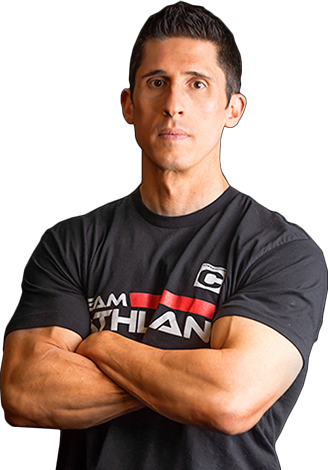
Jeff Cavaliere M.S.P.T, CSCS
Jeff Cavaliere is a Physical Therapist, Strength Coach and creator of the ATHLEAN-X Training Programs and ATHLEAN-Rx Supplements. He has a Masters in Physical Therapy (MSPT) and has worked as Head Physical Therapist for the New York Mets, as well as training many elite professional athletes in Major League Baseball, NFL, MMA and professional wrestling. His programs produce “next level” achievements in muscle size, strength and performance for professional athletes and anyone looking to build a muscular athletic physique.
